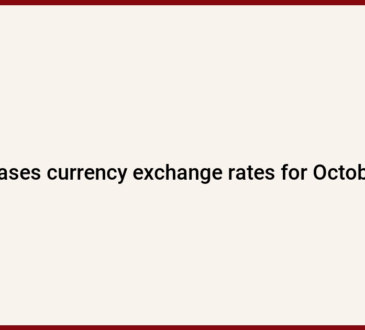
Article content
Switzerland continues to prosper despite its high cost of living and strong currency. Although often overlooked, the Alpine state offers valuable lessons for Canada’s policymakers.
Advertisement 2
Article content
Nations struggling to compete often default to letting their currencies decrease in value relative to their main trading partners. In 1950, Canada, through the Bank of Canada, was the first country to allow its currency to float. The Bank thought flotation would give Canada flexibility and resilience that other nations were lacking. Unfortunately, this hasn’t worked out so well.
Allowing Canada’s Loonie to fall when its trade balance deteriorates, or the economy sags, is touted as a “natural stabilizer,” drawing a parallel to how Keynesian automatic stabilizers should work. Recessions hurt tax revenues and boost welfare and unemployment payments, while recoveries and expansions reduce those outlays and boost tax revenues. However, Canadian federal deficits keep increasing in good and bad times, and Canada’s Loonie has declined for over a decade now, partly due to monetizing Canada’s large deficits. McKinsey Global Institute notes several growth-promoting factors for national economies — currency weakness, like Canada’s, is conspicuously absent.
Article content
Advertisement 3
Article content
Whether by default or choice, devaluation policies didn’t increase Canadians’ prosperity, which rose glacially for decades. Switzerland’s experience was different and yielded better results. Federal Reserve of Saint Louis data indicate that Switzerland’s currency appreciated five times against the US dollar, or four hundred percent, from January 1957 to August 2024 — a compound annual growth rate (CAGR) of 2.4% over those 67-plus years. Since 1960, the CAGR of the Swiss economy was 2.1%, per World Bank figures.
Switzerland’s per capita GDP, which determines living standards and quality of life, has expanded to USD$86,559 (constant 2015 US dollars). This represents a CAGR of 1.3% since 1960 and a more recent growth of 1% since 2015, despite the challenges posed by the 2020 pandemic. Canadian per capita GDP’s CAGR was disappointingly only 0.26%, according to World Bank figures. These numbers could be considerably worse if they were to include the large influx of immigrants since 2021.
Advertisement 4
Article content
The wisdom drawn from this experience is that currency appreciation itself does not cause growth to stall. When it is gradual, companies and industries become more productive to remain competitive. Firms develop higher-value products or services, acquire efficient equipment, or open locations abroad at a lower cost. Swiss companies adapted, innovated, and remained competitive in luxury goods, financial services, food, machinery, technology, tourism, manufacturing, pharmaceuticals, and more. Switzerland’s strengthening currency was not destructive.
Another vital aspect of a strong, reliable currency is that foreign and domestic investors are typically confident that their investments in financial instruments, equipment, buildings, and intellectual property will not decline in value. This lesson remains elusive to our leaders in Ottawa. Switzerland’s strong Franc is one factor that attracts investors. The country also has light regulations and taxes while maintaining high infrastructure, education and healthcare standards. It also has a negligible federal deficit. Despite being rich in natural resources, Canada’s World Bank portfolio investment figures show how it chronically struggles to attract investors, which cannot be reversed using a decline in currency. Further devaluation would only worsen the problem.
— Ian Madsen is the Senior Policy Analyst at the Frontier Centre for Public Policy.
Have thoughts on what’s going on in Winnipeg, Manitoba, Canada or across the world? Send us a letter to the editor at wpgsun.letters@kleinmedia.ca
Article content





